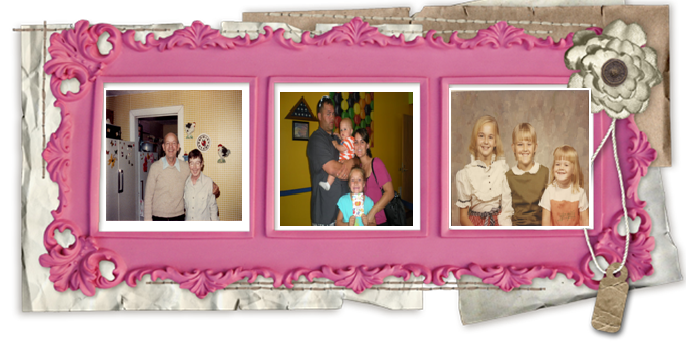In 1811, three years after he was appointed, Bishop Flaget arrived at Bardstown, traveling down the Ohio River by flatboat and overland from Louisville by wagon, accompanied by a group of seminarians. Bishop Flaget was able to build a small brick church near Bardstown, named St. Thomas. Soon he was consumed with the idea of erecting a cathedral of majestic proportions. Since most of the settlers were very poor, people contributed their materials and their labor as carpenters and masons to build the cathedral.
The Cathedral was consecrated in 1819, though the interior was not fully completed until 1823. When the Episcopal See was moved forty miles away to the fast growing city of Louisville in 1841, St. Joseph's became a parish church, hence, the title "proto-cathedral." In 1995 Bardstown was named a titular see by the Vatican for its contributions to Catholic Church heritage in America. Once again, Bardstown, only one of three titular dioceses in the U.S., has a bishop, though in an honorary capacity.
St. Joseph Proto-Cathedral complex, which includes Spalding Hall and Flaget Hall of what was originally St. Joseph College, is on the National Historic Register.
Today St. Joseph Cathedral is a thriving Catholic parish with more than 4,900 individuals and 1,900 families. It is the largest parish outside of Jefferson County.
The St. Joseph Elementary, St. Joseph Montessori Children's Center and Bethlehem High School has over 150 full or part-time employees and serves more than 700 students. That is a an accomplishment for such a small town as Bardstown.
Robin and my Mom had stopped by this cathedral to take pictures when we both were very little, and we wanted to do the same. Unfortunately it was too late to tour the inside, but we were able to walk the grounds and take some awesome pictures.
